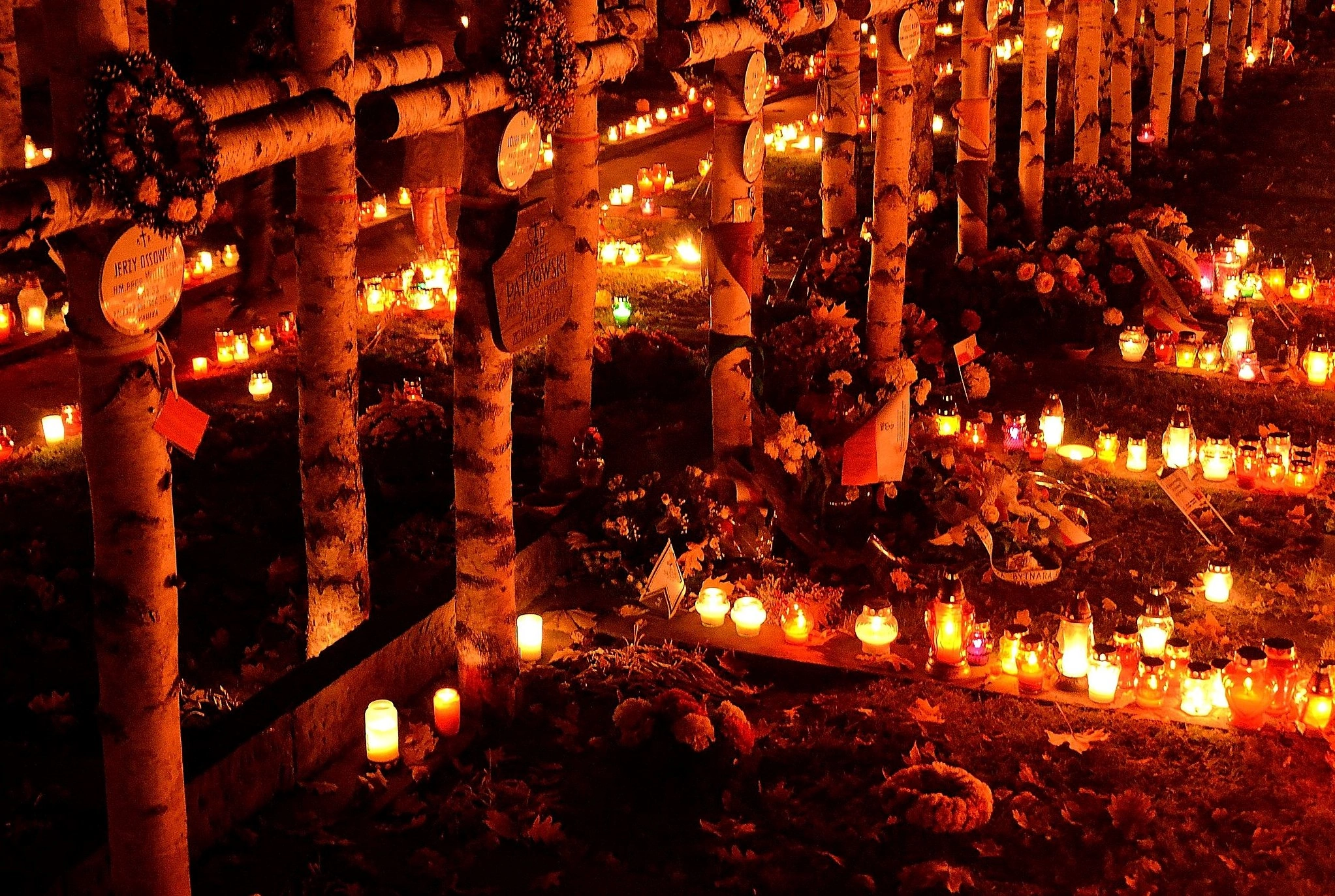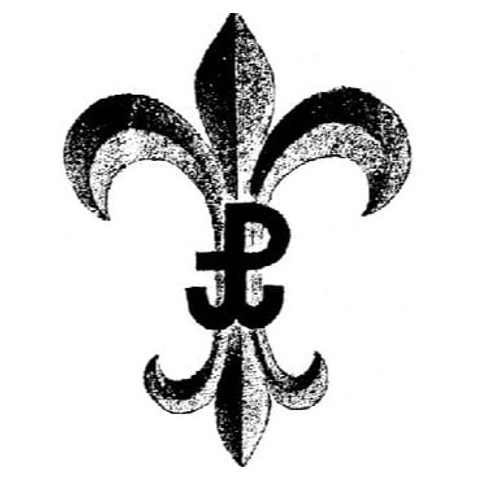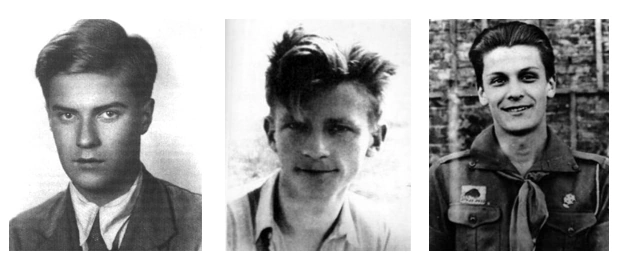A Scouts' Resistance - Szare Szeregi
A brief introduction to the Polish Scouting movement during the Second World War. How does its story tie into the wider Resistance narrative? Meet the young people involved in Szare Szeregi, close friends of the characters in my novel. Their lives continue to inspire youth in Poland today, especially those, who like me, have shared in the scouting tradition.

As a teenager in Poland, I was part of the Scouting movement, which through its ideals and lifestyle, left a profound impact on who I grew up to be. The values helped me in supporting my faith and moral framework, even in the shakier times of adolescence, when every voice around you seems to be calling for rebellion. Oftentimes people associate scouts simply with an image of kids running around the forest playing games. Let me tell you, it can go far beyond that. And youth coming of age during the war made it clear they were prepared for other challenges. Most of all, I was moved by the legacy of those Scouts who proved that their ideals were more than just a blank statement. Their fight in World War II stands out as a model of selfless courage.
The main characters of my novel are part of this incredible organization, the Szare Szeregi – one of the largest youth resistance bodies in Nazi-occupied Europe. So, who exactly were these kids?
Resistance operations and moral upbringing
Scouting has always been about bringing up youth within a value system, based on a set of fundamental ideals. A key to the mindset was service – to people and to the country, as manifested by brotherhood, loyalty, friendship, and patriotism.
Ever since its formation in 1916, the Polish Scouting Association played an active part in several fights for the country’s independence. Hence, when the Nazi invasion took over, the enemy knew that scouts were a potential threat to their dominion, and thus banned the official organization.
That did not prevent much, as the organization carried on clandestinely, regardless of the obvious punishment awaiting those involved….
The code name arose in 1940. Scouts in Poznan carried out an action of spreading flyers into mailboxes of German families, informing them that the new apartments they resided in were obtained by forceful eviction of the previous Polish tenants. To create confusion as to who stood behind the leaflets, these were provocatively signed SS. Later, the acronym developed into the code name “Szare Szeregi” (“Gray Ranks”) and was adopted across Poland by the entire organization.
Szare Szeregi members swore an oath of allegiance to the Polish Home Army, with which they worked closely. The youth engaged in a variety of resistance actions, depending on their age group.

“Minor sabotage” was a basic starting point. It involved propaganda actions directed towards Poles, reminding people of the requirement to refuse acknowledging the legitimacy of the Nazi German authorities. The youth resorted to a vast array of creative measures – spreading tear gas in cinemas (known for displaying nazi propaganda reels), drawing resistance symbols and slogans on the walls, breaking windows of nazi collaborators, handing out flyers and spreading posters. These actions didn’t kill the enemy directly, but those performing them risked death. Minor sabotage was like a bee sting, discreetly but persistently humiliating the enemies, reminding them they were not welcome and would never be the real masters.
Sabotage actions discreetly but persistently humiliated the enemy, reminding the Nazi German authorities that they held no legitimacy in the eyes of Poles.
The older members, aged 18 and above, formed the section named “Assault Groups” and were subordinate to the Directorate of Diversion of the Home Army. This meant serving in the “great diversion” – perhaps you already have in your mind some epic images of blowing up railway bridges, liberating prisoners, and assassinations of high-ranking officials.
When August 1944 arrived, the Assault Groups joined the Warsaw Uprising and some of their battalions were among the most effective in combat…
Despite armed struggle and resistance being a priority in war days, the Szare Szeregi were also looking forward, considering their future duties in liberated Poland. Youth were encouraged to work for self-improvement, to constantly grow as people, as they were the ones who would be charged with rebuilding the country after the war. Their work was structured along the principles of “Today, Tomorrow, and the day After Tomorrow.” Today for conspiracy work and preparations for an uprising, Tomorrow open combat with the enemy, and After Tomorrow for resurrecting a liberated Poland, torn to pieces by years of war.
Beyond armed combat, scouts prepared for their post-war responsibility of rebuilding a shattered country.
The moving spirit of Warsaw Scouts
Some figures from the Szare Szeregi in Warsaw rose nearly to the status of a legend. Especially those who died in battle, inspiring peers to sustain their legacy and ideals. Across Poland, schoolkids today are still taught about Aleksy Dawidowski, Jan Bytnar and Tadeusz Zawadzki, more popularly known under their respective pseudonyms Alek, Rudy, and Zośka. These three key players in the Warsaw scouting circles are to this day emblems of Szare Szeregi. I could write entire stories recounting the unbreakable bond of brotherhood between them, their courage to lay down their lives for one another. For now, though, I just wanted to show how they managed to live even beyond their death in battle.

Like many of their friends, they began with minor sabotage, slowly progressing towards more serious battle, proving themselves worthy of joining the Polish Home Army in diversion operations.
Then, one cold morning, at the break of dawn on March 23rd, 1943, the Gestapo broke into Rudy’s family apartment, arresting the young man and his father. The compromising anti-nazi flyers found on the premises confirmed they had caught an active member of the Underground. Someone who, with the right “persuasion” methods, would divulge information on other members of the network. Days of monstruous torture followed, to extract at least a single name or address from the prisoner. Rudy did not betray a word.
Meanwhile his friends, led by Zośka’s initiative, were working on a plan to free Rudy out of the oppressors’ hands. Locked in the main Pawiak prison, Rudy was transferred back and forth from there to the Gestapo headquarters for daily interrogations. The sole rescue option was to ambush the prisoner van on its route. Swift preparations led to developing a plan of action, which soon unfolded as Operation Arsenal. On March 26th, 1943, 28 Warsaw Scouts overtook an armed Gestapo prison transport for the sake of saving their friend. This successful action was one of the first major armed operations of the Szare Szeregi. Recounting this incredible event requires more space, so I will try to return to it another day, doing full justice to the combat by placing it in focus.
The scouts overtook an armed Gestapo prison transport for the sake of saving their friend, giving witness to love and friendship stronger than death.
Beyond technicalities of battle, the heart of these occurrences lies in how they give witness to a love and friendship stronger than death. Torture wounds killed Rudy four days after his release. Alek passed away that same day, having been injured in the rescue operation. They are buried in the same tomb. Zośka followed them a few months later, shot during another partisan action, in August 1943.
The three young men were barely 22 years old.

However, they did not depart from this world after falling in battle. On the contrary, they became the spiritus movens of the work continued by their fellow scout friends. In September 1943, a new Szare Szeregi battalion was called into existence, named Zośka after the inspiring leader who fell in the fight. Within that battalion, companies and plutons took names of other deceased companions in arms, including Alek and Rudy. All this to prove that the scoutmasters killed by the enemy continued their mission beyond death, living in the minds and hearts of their friends, in whom they had first sparked the flame of rebellion.
The scoutmasters killed by the enemy continued their mission beyond death.
As their successors endeavored to carry on the fight, they were also tied down by a commitment, that of abiding by the values their leaders had instilled in them. Otherwise, they would be disrespecting those forerunners, taking up their names in vain without consistently following their example. Scouting ideals were ever-present, making the Szare Szeregi a unique movement within the Polish Home Army. When moments of crisis arose, with misbehavior or loosened discipline slipping into the ranks, leaders would try to manage the situation by bringing back the names of their predecessors more saliently into everybody’s minds – “And what would Zośka or Alek say to this?” The respect held for those men, who had truly risen to the rank of a legend, was incredibly powerful in bringing the mischievous elements back in check.
One of the major diversion operation units of the Polish Home Army had its foundation in youth from the Szare Szeregi. Initially part of the Zośka battalion, a separated unit for special operations eventually emerged, named Agat (short for “Anti-Gestapo”), later changing cryptonyms twice (Pegaz, Parasol). They organized and executed numerous assassinations, targeting Gestapo officers and Nazi officials responsible for the extreme terror which held its grip on Warsaw.
More about their daring actions later…
Tags: comments powered by Disqus